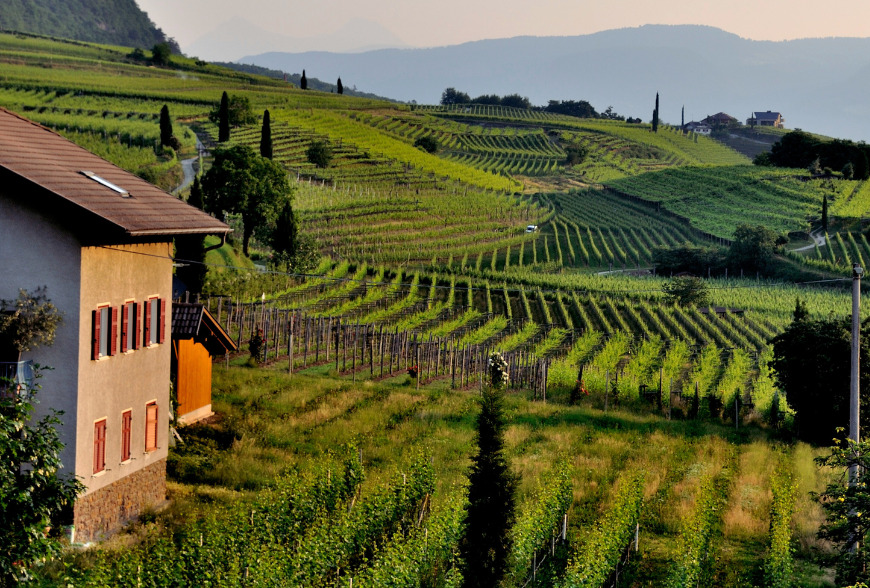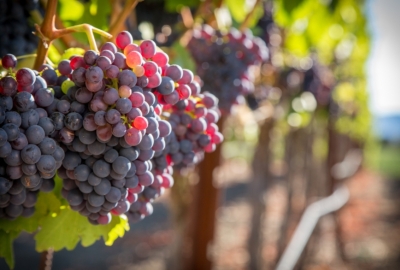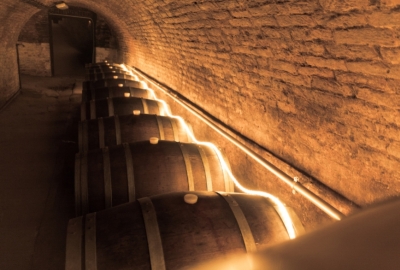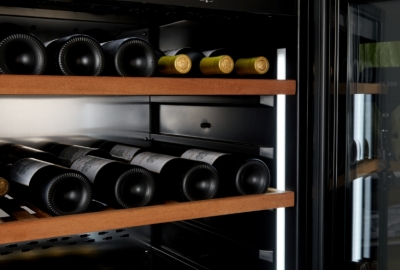What is terroir
Terroir, the emblematic concept of the wine world, embodies a genuine natural heritage that man, through his know-how, sublimates and transcends. Derived from the Latin territorium, meaning territory, the term terroir has not always had a positive connotation. Before the Second World War, a wine with a "terroir taste" was often associated with mediocre quality. However, thanks to the scientific advances of the 1970s and 1980s, terroir has gained in recognition and prestige.

Defined by the INAO (Institut National des Appellations d'Origine), terroir represents a delimited geographical area where a human community, over the course of history, has developed a collective production know-how. This know-how is based on interactions between the physical and biological components of the environment, as well as human factors. The farming practices employed reveal the originality of the terroir, give a distinctive character to the products that emanate from it and contribute to their reputation.
The key elements that define the winegrowing terroir include :
Climate: weather conditions such as temperature, sunshine, rainfall and wind influence the ripening of the grapes and the health of the vines.
Terrain: The altitude, slope and exposure of the plots determine how much sun the vines receive and how well the soil drains.
Geology: The geological composition of the soil must favour good drainage and optimum exposure to the sun. Soil structure also plays a crucial role in the development of the vine's roots and its interaction with microbial life.
Soil chemistry: The availability of nutrients and micro-organisms essential for vine growth.
Yeasts: The indigenous yeasts present on the grapes influence fermentation and enable the characteristics of the terroir to be fully expressed in the final wine.
Wine-growing practices: Each wine-growing region has developed cultivation techniques adapted to its specific characteristics. Some winegrowers favour traditional approaches, while others are exploring new methods.
So terroir is much more than just a set of geographical features. It embodies the very essence of the link between man, nature and wine, offering an infinite variety of nuances and flavours that reflect the unique identity of each wine-growing region.

 What is a varietal wine?
What is a varietal wine?
 Does wine always improve with age?
Does wine always improve with age?
 Built-in wine cellar
Built-in wine cellar
 Valentine's Day, but that's not all... What's on this week?
Valentine's Day, but that's not all... What's on this week?
 What kind of light is best for preserving wine?
What kind of light is best for preserving wine?